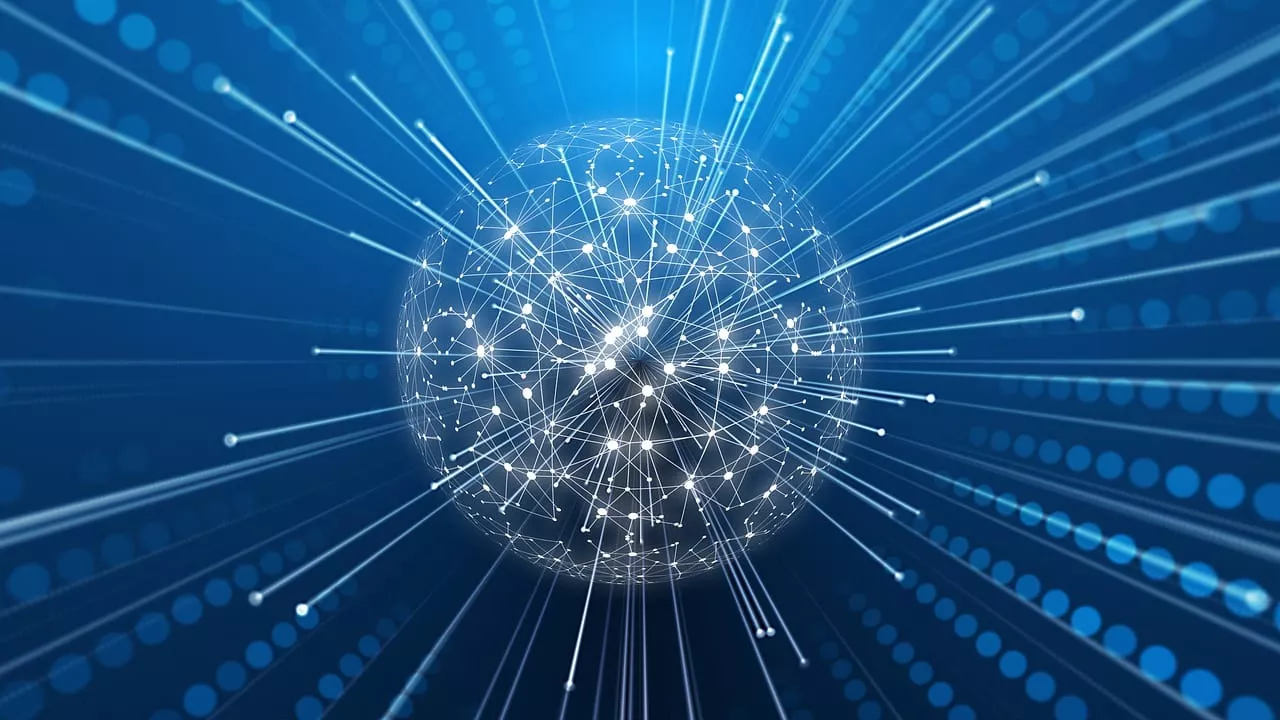Technology is always changing, and it has made our lives a lot easier, especially when it comes to staying connected with family and friends. You might have heard words like “internet,” “Wi-Fi,” and “5G,” but what do they really mean? Let’s take a simple journey through how all these things came to be and how they help us today.
1. The Early Days: Talking Over Long Distances
A long time ago, if you wanted to send a message to someone far away, it would take a long time to get there.
- The Telegraph: In the 1800s, people invented the telegraph, which allowed them to send messages quickly across long distances using wires.
- The Telephone: Later, the telephone was invented, which let people actually speak to one another over long distances.
But the biggest change came in the 1960s when something called the internet was created.
- ARPANET: The internet started as a way for researchers to share information with each other. This was the beginning of what we all use today.
2. Computers Need a Way to Talk to Each Other
Just like people need a common language to communicate, computers need something called network protocols to talk to each other. One of the most important ones is TCP/IP, which helps computers send and receive messages reliably. This made it possible for people to connect to the internet.
- Ethernet: This is another important invention that helped people connect computers in a home or office, creating something called a local area network (LAN).
3. Faster Internet: Getting Better Connections
In the 1990s, the internet became a lot faster. This was a big change for everyone because it meant we could all use the internet at the same time without waiting.
- DSL and Cable Internet: These technologies gave us faster and more reliable internet connections, and they helped us get away from the slow, old-fashioned internet connections that took a long time to load.
- Fiber Optics: This is a special kind of cable that uses light to send information. It lets us get even faster internet speeds over longer distances.
4. Wi-Fi: No More Wires!
One of the best inventions was Wi-Fi. Before Wi-Fi, we had to plug computers into the wall to get connected to the internet. But now, thanks to Wi-Fi, we can use the internet without any wires!
- Wi-Fi: Wi-Fi allows us to connect to the internet in our homes, cafes, and even parks, all without needing to plug in.
At the same time, phones started becoming smarter.
- Mobile Networks (3G, 4G, 5G): With 3G and 4G, people could use the internet on their phones. Now, with 5G, our phones get even faster internet, and we can do things like stream videos and talk to people anywhere, even if we’re far away.
5. The Cloud: Storing Things Online
Instead of keeping everything on a computer at home, we now store pictures, documents, and videos online in something called the cloud.
- Cloud Computing: The cloud is just a fancy name for online storage. It allows us to keep our important things safe and access them from anywhere, whether on a computer, phone, or tablet.
6. Smarter Networks: Using Computers to Help Us
With so many things connected to the internet, managing it all became difficult. That’s where artificial intelligence (AI) and automation came in. These smart systems help run things without us having to do it all manually.
- AI and Automation: AI helps predict when something might go wrong in the network and can even fix issues automatically, so everything keeps running smoothly without us noticing.
7. The Future: 5G and Beyond
Today, we’re moving into a new era with 5G, which is the fastest and most reliable mobile network yet. With 5G, we can do things faster and connect even more devices at once.
- 5G: Think of it like the super-fast highway of the internet, making sure everything runs smoothly and quickly, whether you’re talking to someone on the phone or streaming your favorite TV show.
8. Edge Computing: Faster Processing of Data
As more devices get connected to the internet, they create a lot of information (called “data”). Sometimes it’s important for that data to be processed quickly, which is where edge computing comes in.
- Edge Computing: This means that some data gets processed right where it’s created—on the device itself—so there’s no waiting around for information to travel far away. This helps smart devices, like your home security camera or fitness tracker, work better and faster.
Key Takeaways: What Does This All Mean?
- Early Technology: We started with simple ways to communicate (telegraphs and phones) and slowly built the internet.
- Important Tools: Things like TCP/IP, Ethernet, and Wi-Fi helped make the internet faster and easier to use.
- Faster Connections: Fiber optics, cloud computing, and 5G are making everything faster, from your phone to your smart home.
- Smarter Systems: AI and automation help keep everything running smoothly without us even knowing it.
The way we connect today has come a long way, from the early days of sending letters and making phone calls to being able to talk to anyone, anywhere, and share memories instantly. And it’s only going to get better!











